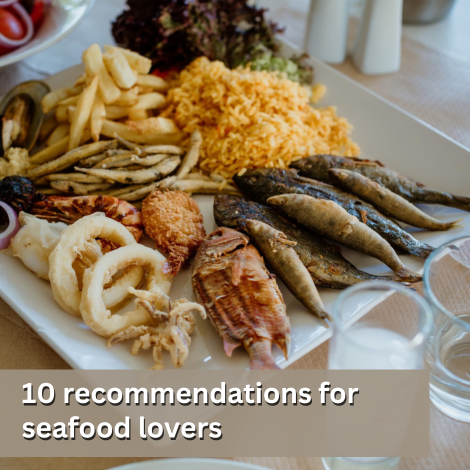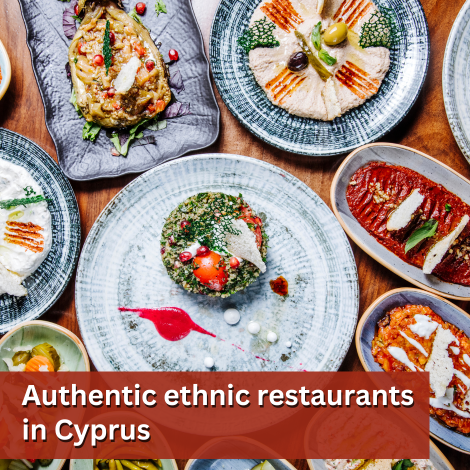Agios Mamas
Famous for the quality and quantity of its Commandaria.
Agios Mamas is a village of Limassol, built at an altitude of 500m and belongs to the geographical area of Pitsilia.
It is 25km from the city of Limassol, bordering on the north with Pelendri, westwards with Trimiklini, southwest with Laneia, south with Limnatis, southeast with Kapileio and east with Kalo Chorio and Zoopigi.
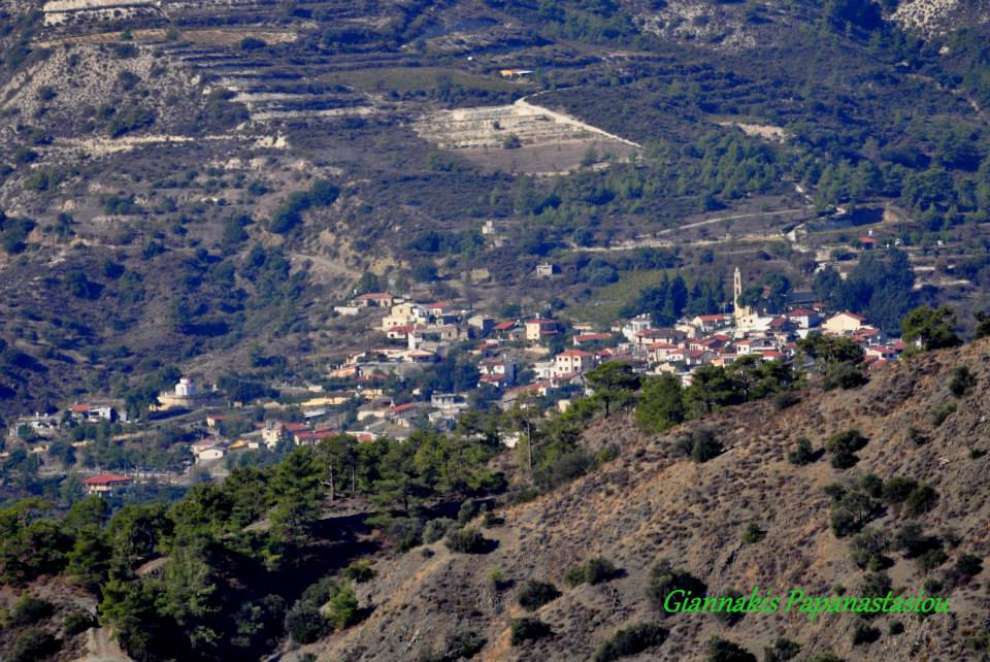 Photo: Giannakis Papanastasiou
Photo: Giannakis Papanastasiou
The historical development:
According to historical sources, the village was built somewhere in the 7th to 10th centuries by the Akrites who protected the island from the attacks of the Arabs. The Saint of these Akrites, was Agios Mamas and so the village was named Agios Mamas.
During the Ottoman domination, in 1571 AD, the inhabitants of Agios Mamas were driven from the village and moved to the area of Foiniki, which is one kilometre north of the village and the Turks settled in the village. After the end of 145 years the inhabitants of Agios Mamas returned to their village.
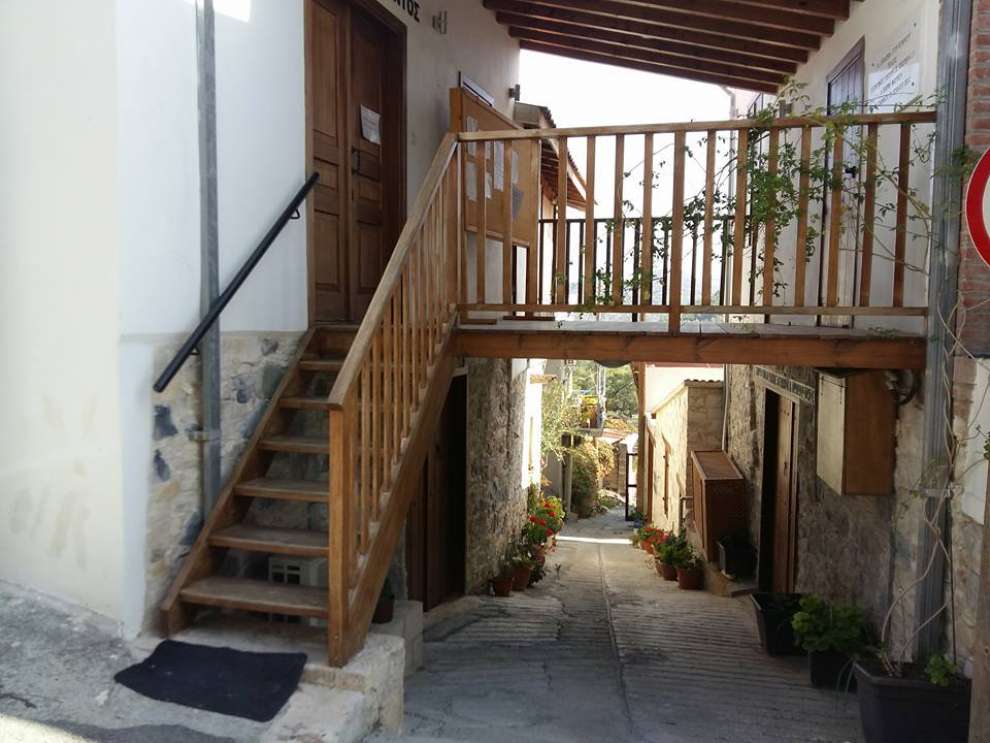 Photo: Andri Andreou
Photo: Andri Andreou
The population of the village:
In 1881 the inhabitants of the village were 183 and increased until 1960 they reached 469. In 1973 they were reduced to 296. According to the 2011 census, the inhabitants of Agios Mamas were 114.
The churches and sights of Agios Mamas:
In the village you will find the church of the village which was built in the late 18th century, in the place of an older temple. Around 1720, Agios Mamas appeared in a miracle to the priest Koukouna and asked him to build a church in the same place as the old one.
Additionally you will also find, the church of Agia Paraskevi and the church of the Holy Apostles Silas and Silouanas in Xylourikos.
It is worth noting that the village offers a picnic area under the pine trees. There is also the cultural centre of the village with its rich library with 1800 volumes.
Also, the Xylorikos Bridge in the Limnatis valley, between the villages of Agios Mamas and Kalo Chorio of Limassol.
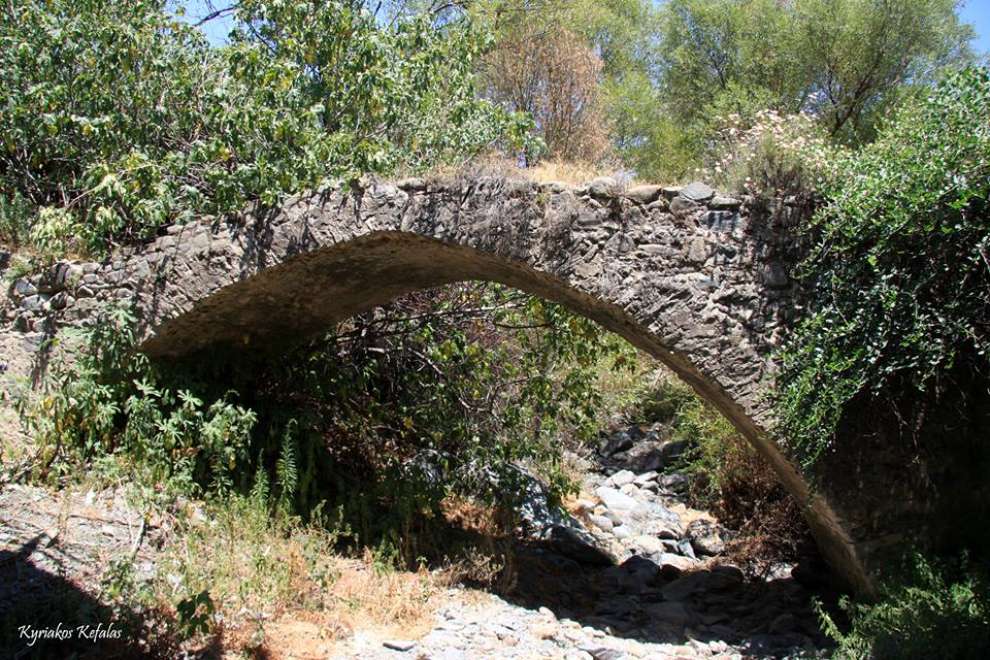 Photo: Kyriakos Kefalas
Photo: Kyriakos Kefalas
The crops and occupations of the inhabitants:
The inhabitants are mainly occupied with the cultivation of vineyards almost entirely with new varieties and olives, almonds and other fruits. The village is well known not only for the quality but also for the quantity of Commandaria. There were many wineries in the area, but the last two were closed in 1960 after the establishment of a modern winery.
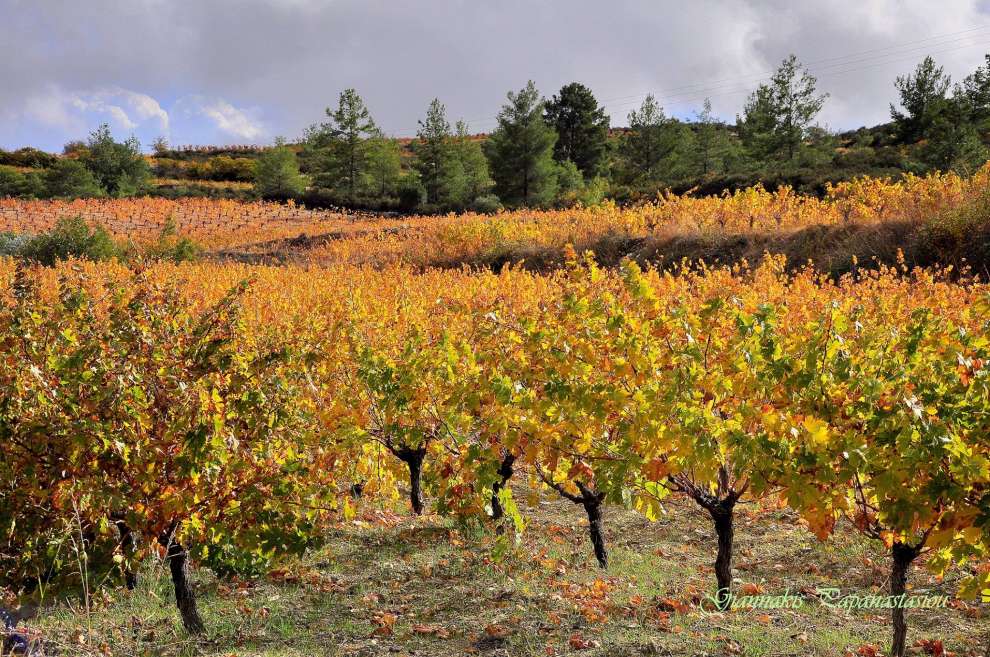 Photo: Giannis Papanastasiou
Photo: Giannis Papanastasiou
For the map of the area, click HERE

 English
English
 Ελληνικά
Ελληνικά Русский
Русский





